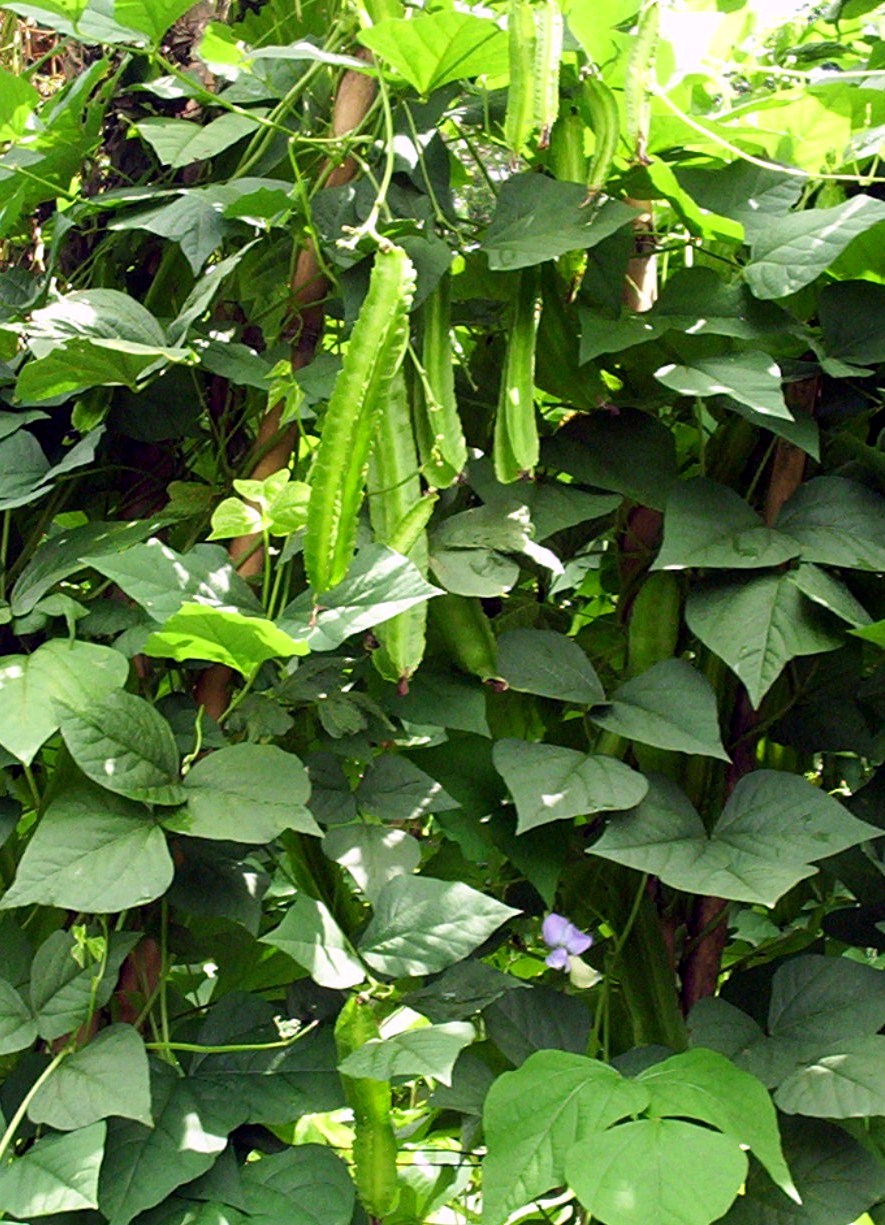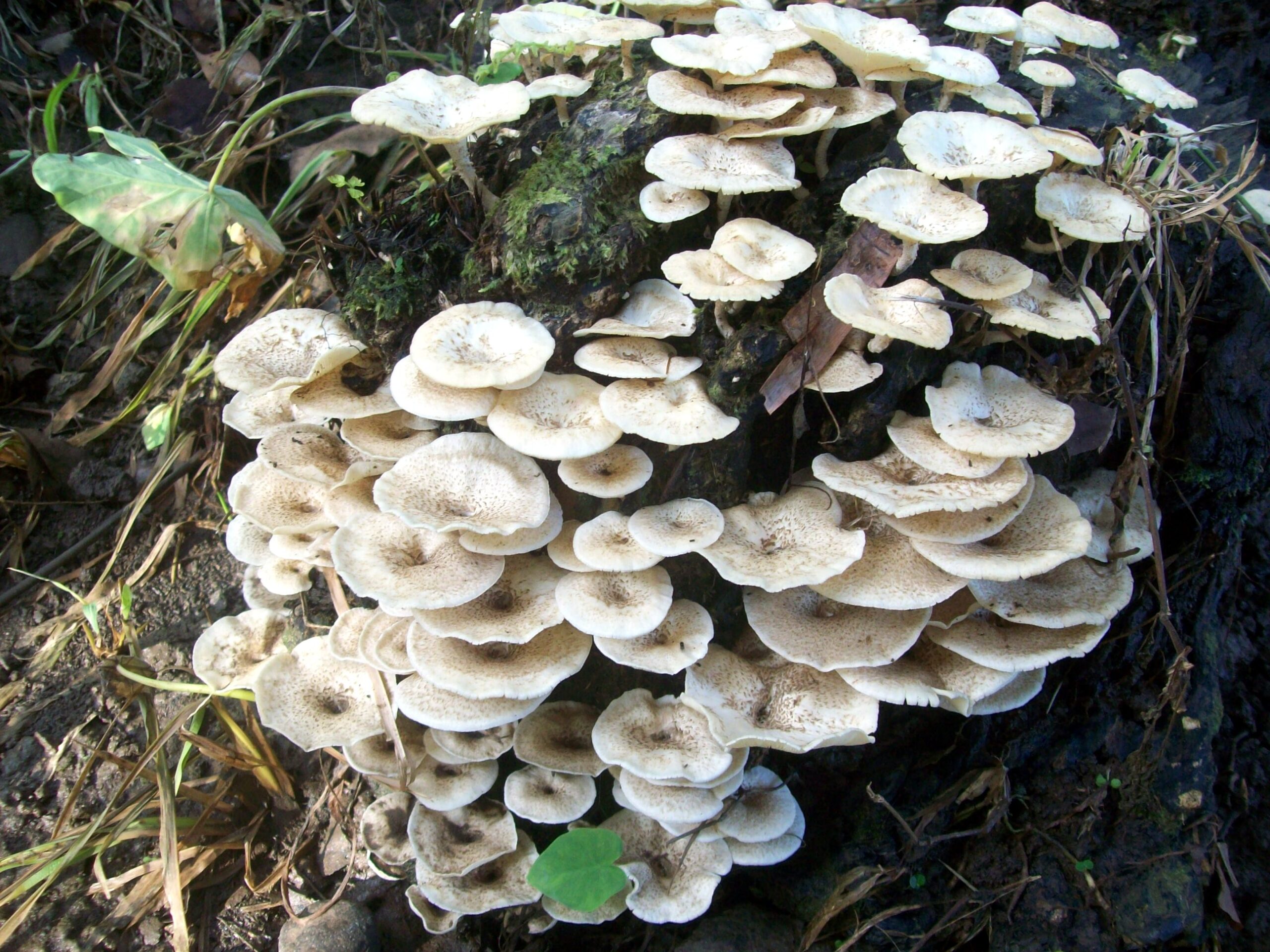Text and Photos by Henrylito D. Tacio
Unless something is done soon to protect plants and livestock and their wild relatives from extinction, the world will face hunger in the coming years, according to a London-based think tank.
“The profusion of plants, animals and microorganisms that make up the planet’s rich biological diversity is disappearing at an alarming rate, threatening future food supplies,” said a briefing paper published by Panos Institute.
Since the beginning of the century, about 75% of the world’s plant varieties have become extinct. “Around 50,000 varieties disappear every year,” deplores the Rome-based UN Food and Agriculture Organization (FAO).
Twenty-five percent of animals, which contribute about 30% of the total global value of food and agriculture, have joined the extinct dodo. “Some 4,000 breeds worldwide are in danger of becoming extinct,” FAO warns.
Climate change, defined as “a long-term change in the average weather patterns that have come to define Earth’s local, regional and global climates,” has been identified as one of the primary culprits on why plants and animals are fast disappearings.
“A rise in the temperature can be detrimental to the area, some will move out of the area,” says Dr. Wilfredo L. Campos, chair of the Division of Biological Sciences at the University of the Philippines Visayas.
Take the cases of the open seas of Mindanao and Tawi-Tawi. “(These waters are) one of the most productive areas for fishing because of its oceanography,” Dr. Campos explains. “Thus, any changes to the oceanography will affect the species, fishery production and the industry sector as a whole.”
The forthcoming fish shortage is alarming as fish is the country’s second staple food. On average, every Filipino consumes about 98.6 grams of fish and fish products, according to the Food and Nutrition Research Institute.
Biodiversity (condensed from biological diversity) refers to the vast diversity of plants and animals on the planet and implies the importance of all. Only about 1.75 million species have been formally identified, with scientific names, including everything from bacteria to the relatively tiny group of vertebrates.



The most accurate estimate yet of the total number of species in the world, according to the 1,140-page Global Biodiversity Assessment, is from 13 to 14 million. “Biodiversity represents the very foundation of human existence,” says a summary of the report. “Yet by our heedless actions, we are eroding this biological capital at an alarming rate.”
Biodiversity, FAO claims, is essential to the survival of humanity. The world’s population obtains 90% of its calories from 20 crop species. Four of them – rice, corn, wheat, and potato – account for 50% of total calorie intake.
“Within these few crops, the number of varieties used is also shrinking,” the Panos paper noted. “This is because the technology of large-scale commercial farming, such as mechanical harvesting and heavy use of chemical pesticides and fertilizers, demands that large areas are planted with the same variety of the same crop.”
The introduction of high-yielding rice, wheat, and corn has replaced thousands of local varieties of these crops with a few genetically uniform varieties. In Indonesia, for example, 1,500 local varieties of rice have disappeared in the past 15 years, and nearly three-fourths of the rice planted today descends from a single maternal plant.
“Though the modern hybrid varieties have been successfully bred for particularly desirable characteristics, they may lack resistance to pests and diseases,” the Panos paper explained.
According to Panos, the high-yielding varieties are “highly vulnerable, precisely because of their lack of genetic variation.” The Irish potato famine in the 19th century occurred because the few potato varieties planted in Ireland were vulnerable to the same blight. In Asia, a virus on rice in the 1970s caused dramatic losses because of over-reliance on a few varieties.
The FAO, which was one of the chief supporters of the Green Revolution in the 1960s, now stresses that “intensified food production can be achieved by the sustainable use of a broader range of genetic material.”
Scientists hunt through “libraries” of plant material and cross-breed or introduce new genes into existing varieties to create new varieties. “If the wild relatives and old cultivars disappeared,” the Panos paper noted, “all their useful characteristics would disappear with them.”
The United Nations food agency believes biodiversity is essential to the world’s ability to maintain its current level of food supplies. “Crops need to be made more productive – able to yield more, to resist pests and diseases, to tolerate difficult environments such as drought and heat, and to cope with climate change,” the UN food agency says. “Such characteristics might be found in the range of varieties of plants, both cultivated and wild.”
But crops are not the only species fast disappearing; animals, too. Europe has lost half the domestic horses, cattle, sheep, goats, pigs, and poultry breeds it had in 1900. In the Philippines, tamaraw – the largest mammal native to the country – is facing extinction. From as many as 10,000 at the turn of the century, only about 500 are left.
The loss of animal breeds, FAO points out, is “mostly due to the highly specialized nature of modern livestock production. Much of the genetic base of indigenous breeds is being eroded by ‘grading up’ with exotics.”
In the Philippines, most biodiversity loss is taking place in tropical forests. In 1934, forests comprised more than half (54%) of the country’s total land area of 30 million hectares. In 2010, the forest cover had gone down to 23% or about 6.8 million hectares, according to a report compiled by the Senate Economic Planning Office.
“Wild foods and trees contribute to food security and nutrition while trees and forests are vital for their role in the provision of ecosystem services to agriculture,” says the Center for International Forestry Research.
Despite their importance, forests are being devoid of their cover. Without the trees, the biodiversity that lives within the area is also threatened with extinction. The case of the endangered Philippine eagle is a living example.
“Deforestation can be minimized and resolved through an ecosystem-based solution if we provide the local government units the responsibility and space to really take part, providing them the authority,” suggests Dr. Eduardo O. Mangoang, a professor and director of the Regional Climate Change R&D Center of Visayas State University in Baybay, Leyte.
Logging policies also need to be revisited, especially because selective log bans perpetrate illegal logging, adds Dr. Susan P. Mercado, an international public health and food security expert.
The Washington, D.C.-based Worldwatch Institute described the earth’s biodiversity as “complex beyond understanding, valuable beyond measure.” And yet, they are fast disappearing from the face of the world.
“Of all the global problems that confront us, species extinction is the one that is moving the most rapidly and the one that will have the most serious consequences,” says Dr. Peter Raven, a noted American biologist.
The UN food agency is doubling its efforts in saving what has remained of the world’s biodiversity. After all, biodiversity provides the raw materials, in this case, combinations of genes that are essential building blocks of the plant varieties and animal breeds upon which agriculture depends.
“The thousands of different, genetically unique varieties of crops and animal breeds in existence are the result of 3,000 million years of natural biological evolution, as well as careful selection and nurturing by our farming and herding ancestors during 12,000 or so years of agriculture,” FAO said in a statement.
“If we are to build a world without hunger, we have to conserve and sustain biodiversity and use it equitably,” declares Dr. M.S. Swaminathan, a former Ramon Magsaysay Awardee.

